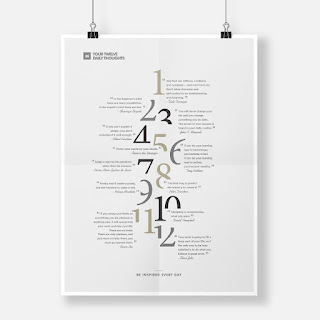26 May ,2025
DIGIT.PHOTO & IMAG. | WEEK 6: FUNDAMENTAL PRINCIPLES OF DESIGN
|| 26/05/25 – 31/05/25 (Week 6)
|| Low Xin Er, 0374596
|| Digital Photography & Imaging
|| Lecture 6: Fundamental principles of design
1.Lectures
The principles of design are the rules a designer must follow to create an effective and attractive composition.
💡A design doesn’t have to strictly follow these rules to be “good.” Some absolutely mind-blowing designs ignore one or more of the principles of design in order to create an eye-catching and effective work.
Fundamental principles of design:
1.Emphasis

2.Balance and alignment

3. CONTRAST
Contrast creates space and difference between elements in your design. Your background needs to be significantly different from the color of your elements so they work harmoniously together and are readable.

4.REPETITIONIt’s often said that repetition unifies and strengthens a design.

5.PROPORTIONProportion is the visual size and weight of elements in a composition and how they relate to each other. It often helps to approach your design in sections, instead of as a whole.

6.MOVEMENTMovement is controlling the elements in a composition so that the eye is led to move from one to the next and the information is properly communicated to your audience.Movement creates the story or the narrative of your work.

6. WHITE SPACEFor beginning designers it can be a perilous zone. Often simply giving a composition more room to breathe can upgrade it from mediocre to successful.

REFERENCE:
Title: 7 Principles of Poster Design
Link: https://99designs.com/blog/tips/principles-of-design
Title: 7 Principles of Poster Design
Link: https://youtu.be/qp3jHWyPW-E
|| Low Xin Er, 0374596
|| Digital Photography & Imaging
|| Lecture 6: Fundamental principles of design
💡A design doesn’t have to strictly follow these rules to be “good.” Some absolutely mind-blowing designs ignore one or more of the principles of design in order to create an eye-catching and effective work.
Contrast creates space and difference between elements in your design. Your background needs to be significantly different from the color of your elements so they work harmoniously together and are readable.
It’s often said that repetition unifies and strengthens a design.
Proportion is the visual size and weight of elements in a composition and how they relate to each other. It often helps to approach your design in sections, instead of as a whole.
Movement is controlling the elements in a composition so that the eye is led to move from one to the next and the information is properly communicated to your audience.Movement creates the story or the narrative of your work.
REFERENCE:
Title: 7 Principles of Poster Design
Link: https://99designs.com/blog/tips/principles-of-design
Title: 7 Principles of Poster Design
2.Tutorials
PHOTOGRAPHY BASICS in 10 MINUTES
Creative Product Photography At Home - Beginner To Pro!
Shooting a Bottle with ONE Continuous Light and a Smartphone
3.Pratical
PART 1: Research about your topic (WEEK 6)1. Study and gather all related information about your topic.
MOOD BOARD (3 Poster reference)
MOOD BOARD (3 Poster reference)



Comments
Post a Comment